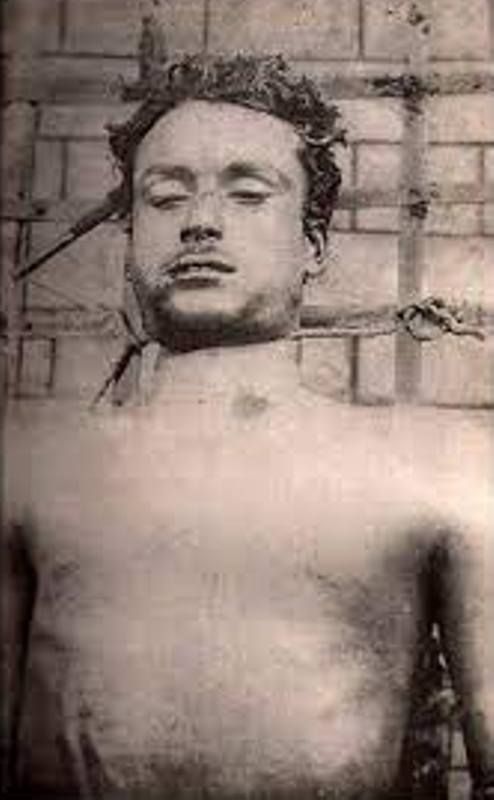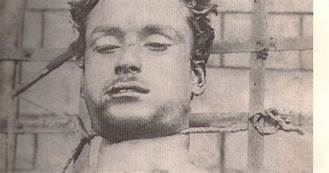
Bharatiya, CountryMan, Secular Non-Islamic Hindu, Democratically Non-elected Servant (at Home), Not a fact checker.
How to get URL link on X (Twitter) App


 THE BURNING FEAR
THE BURNING FEAR

 2. THE BETRAYAL: AS THE GANDHIS ARE KNOWN FOR
2. THE BETRAYAL: AS THE GANDHIS ARE KNOWN FOR


 THE EXECUTION:
THE EXECUTION:





 -The shameless Mahatma Gandhi said to some media houses that this violence would not grant India independence and expressed regret over the deaths.
-The shameless Mahatma Gandhi said to some media houses that this violence would not grant India independence and expressed regret over the deaths. 